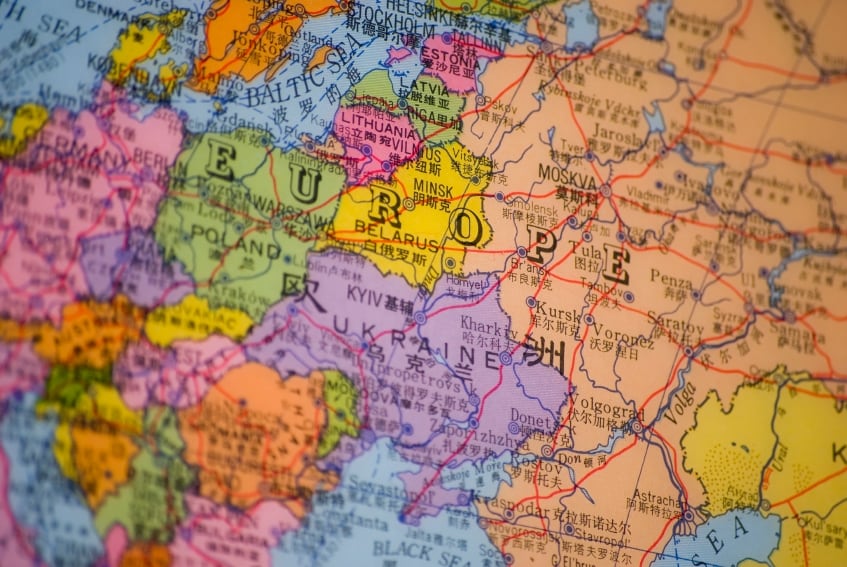Europe accounts for intense sweetener sales of $275m (€218,2m) – an estimated 23% of the global market. “However, the western countries account for the bulk of this figure – the region’s largest markets are the UK, France and Germany,” Jonathan Thomas, principal market analyst at Leatherhead Food Research, told FoodNavigator.
However, according to Michael Hughes, lead analyst at research firm Canadean, there was very little difference in attitudes towards artificial sweeteners in Eastern Europe compared to the West.
Facing the same fat facts

“Rising levels of obesity in Eastern Europe are on a par with the West. For example, official statistics show that half of all consumers in Poland are either overweight or obese, whilst in countries such as Czech Republic and Russia, obesity is a growing and a widespread problem,” Hughes told us.
In this respect Eastern Europe was becoming increasingly conscious of sugar consumption, reflected by the growing number of products launched in the region positioned around being either zero or low sugar, he said.
“It also has to be remembered that stevia-sweetened products have already been launched in Eastern Europe, such as Polo Cola Slim.”
What it doesn’t have, not what it does
However, when seeking these products out Hughes said Western and Eastern European consumers alike tended to look for products low in or free of sugar, as opposed to seeking out products formulated specifically with sweeteners like stevia.
“Similar to Western Europe, stevia formulated products will continue to be a niche, with consumers not having a full understanding of the touted health benefits and also having concerns with the after taste of such products."
Big in Europe
According to Euromonitor data, overall sweetener consumption volumes have fallen in Eastern Europe from 7,152,812 tonnes in 2008 to 6,714,323 in 2013. Stevia held the smallest volume consumption at 6.90 tonnes in 2013, a figure recorded at zero in 2008. Meanwhile for Western Europe this stood at 248 tonnes for stevia in 2013.
Looking at sucralose consumption, Leatherhead’s Thomas said: “With consumption of approximately 600 tonnes, Europe accounts for 15% of world sucralose usage. Again, however, consumption is heavily skewed towards the western part of the region.”
